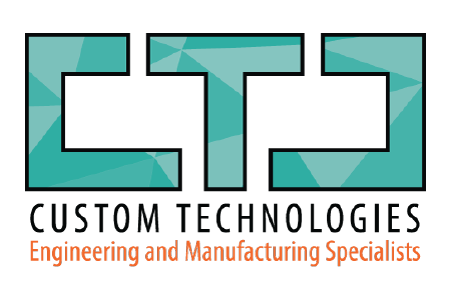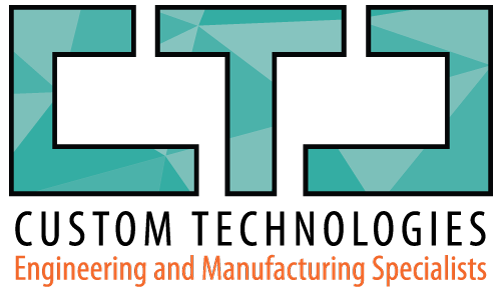This past weekend, my family and I took our last camping trip of the season. We absolutely love to camp. Getting back to nature and unplugging for a short time is just the medicine to cure the common life. We sit around the camp fire, tell stories, unwind, and relax. Our camper, Pop Fizz is a recent addition to our camping routine. Up until this year, we camped in tents. Now, we have a beautiful Pop Up Camper. Her name was decided on by our boys and each time we raise her up, we all make the sound effects, “POP, FSSSSSS!”.
This time, when we were setting up, I got to thinking about this wonderful camper. It is not the biggest, or the flashiest, but it is just right for us. What really caught my attention was all the features and the way the designer had arranged everything. Because Pop Ups are so small, it is necessary to place storage areas in every nook and cranny. Someone really spent some time thinking of how to make this small camper spacious and user friendly.
When designing a manufacturing process, it is important to take the time to look at every ‘nook and cranny’ for places that you can add value. This process should not be undertaken lightly or with any rush. A common mistake many make is thinking that good enough really is good enough. The work of improving can never truly be done. The old business adage of, “If you aren’t moving forward you are moving backwards” definitely applies here.
Adding value to a process comes in many forms. First and foremost (not to mention the most obvious) is the time factor. Is the process consuming the minimal possible time? In today’s competitive world, every second counts. Shaving even seconds from a run can translate into thousands of saved dollars. There are countless ways to save time in process. Key points to look at include tooling and part changes. In any process, the down time that occurs during these two points will eat into profits. Finding a way to reduce them is key.
Tooling changes are a fact of manufacturing life, but having multiple tools set up and ready to go will reduce time. If the tooling magazine has enough space, an extra of each tool can be stored, waiting for use. Then, when a tool dulls or has a problem, the operator can switch the tool number and quickly being the run again. This allows the troubling tool to be changed with minimal downtime.
There are many ways to improve part change efficiency. Pallet systems reduce waste time by providing a constant stream of parts ready for the machine. Robotic arms are affordable and offer part changes that are free of manual labor. Organizing the work area well can also aid in reducing change over time. Placing parts to be run in neat stacks helps. It is important to get these parts as close as possible to the work area. The operator should not have to move his feet to change parts. To do this, the completed parts must be stacked close by as well.
Saving employee effort is a concern that, too often, goes unnoticed. I suppose this is because employee effort doesn’t technically affect the bottom line, at least to the naked eye. It does, however, in so many ways. A happy worker is a more productive worker. More ergonomic working conditions can prevent injuries and reduce down time. It really isn’t difficult to set up a quality work environment. In-Production time studies are the place to start. Look for repetition, the movements that are repeated each step. A good floor manager will document each process down to the individual movement. This is where time and effort is saved. If the area is set up properly, minimum movement is needed. Eliminating wasted movement will keep your workers working more efficiently and reduce time and cost.
Saving materials is another way to reduce costs. Paying attention to how much material is needed and cutting to just the right amount is key. Most floor managers pay attention to this detail. Something that many do not often do, however, is look for ways to make the parts differently. Sometimes using a thicker material can create a work holding situation that reduces costs. Often, parts can be nested on a sheet of material instead of buying just the right bar size. When it comes to material, there is a balance between the cost of material and the time it takes to make a part. Be creative. If you have to pay a little more for material, but save twice as much in production time then you win.
These are just a few of the ways that you can save money in the manufacturing process. The fabulous thing is, all it takes to find these is a little effort. If you pay attention to details, and examine your process, you too can save time and money. In fact, with just a little effort, savings will ‘pop up’ all over the place.
If you need help, or just want to maximize your process, give us a call at Custom Technologies (573-756-1433). We have the experience to help you get the most out of your process. Our specialists have been in the industry and have seen the common faults, and also the uncommon ones. We work hard to think ‘outside the box’ and adapt to today’s technology Whether it is robotics to automate your line, or finding just the right tooling for the job, we have you covered.
By: Brandon Harris

